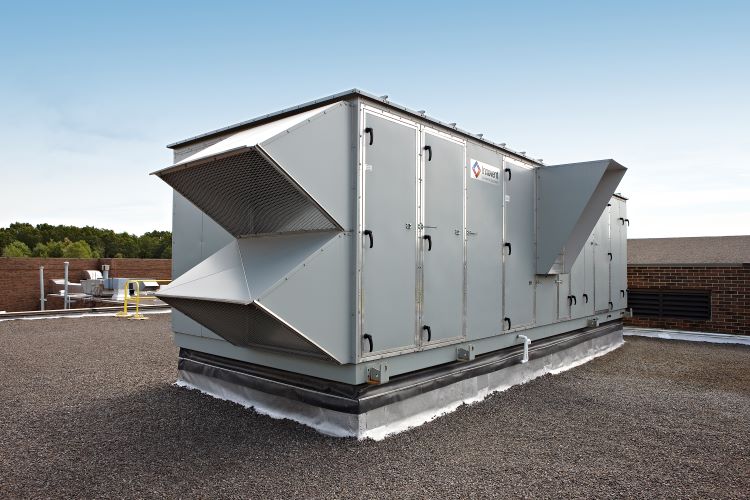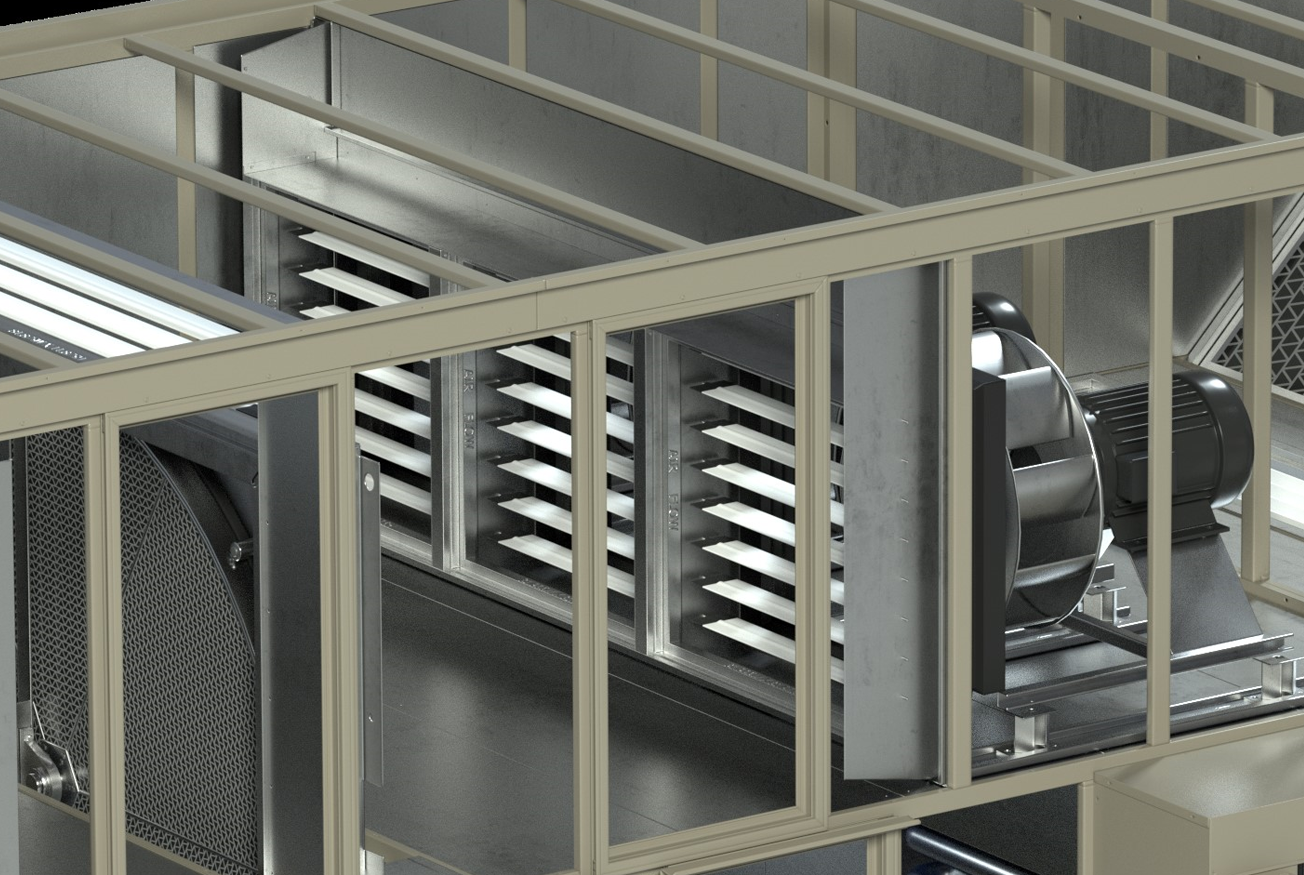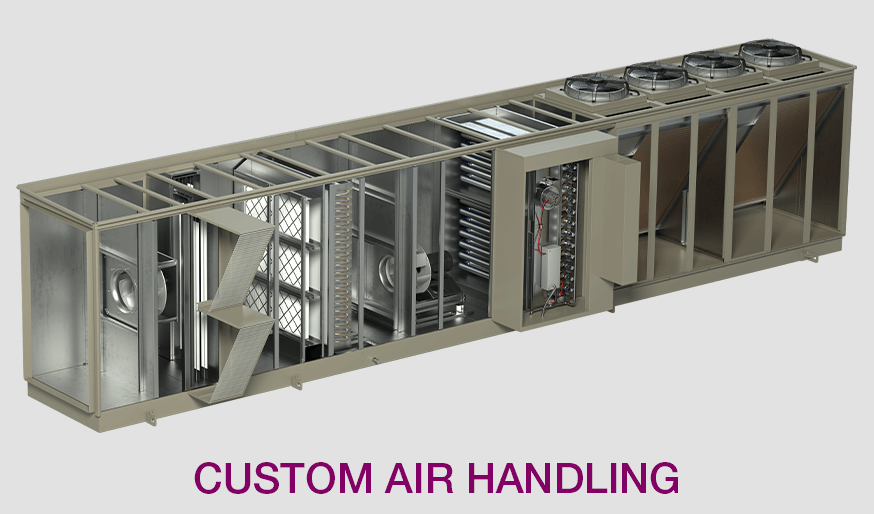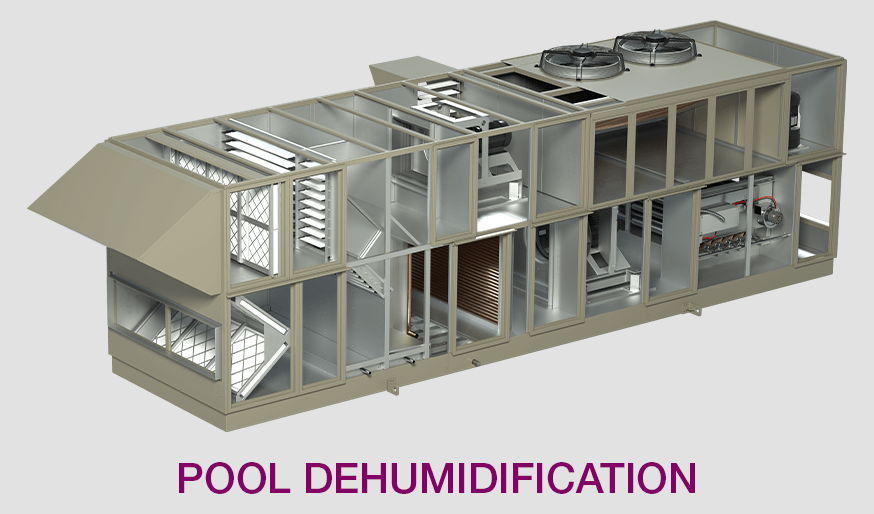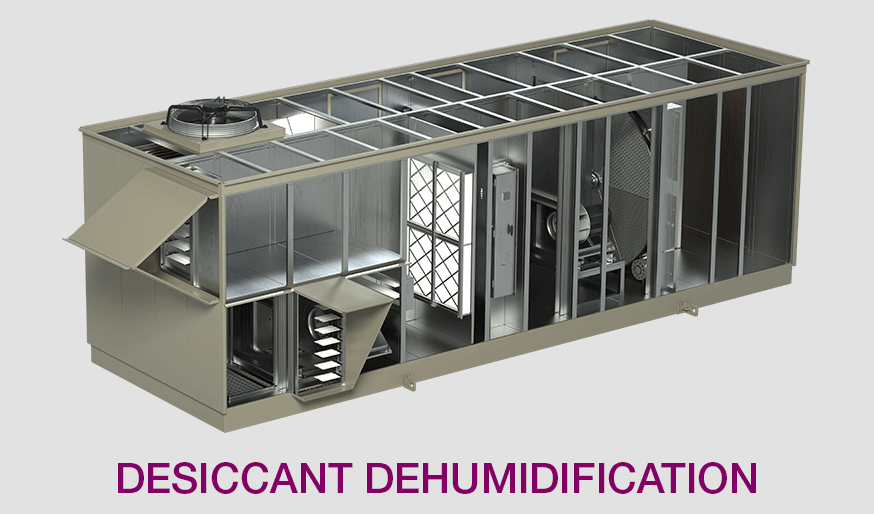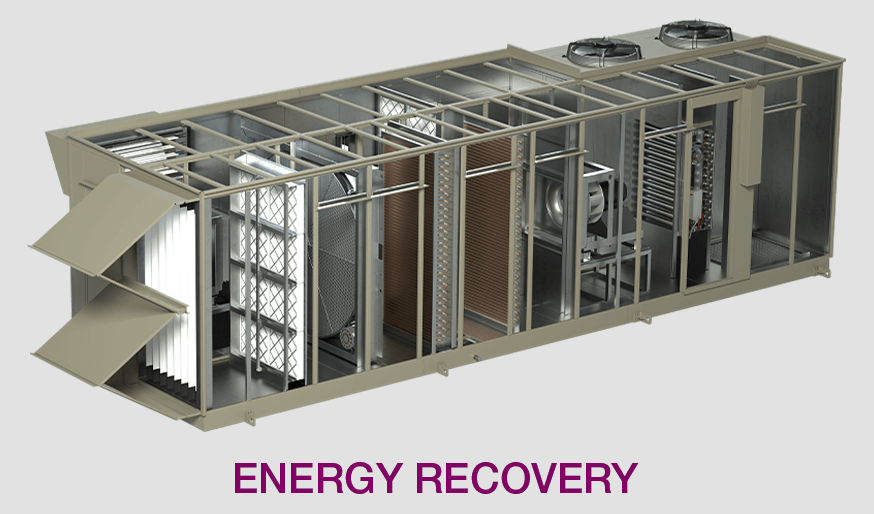- Custom dimensions
- DX or Chilled Water refrigeration
- 2” or 4” construction
- Thermal break design
- Split systems
- Material flexibility
INNOVENT DESIGNS AND MANUFACTURES CUSTOM AIR HANDLERS
Innovent has designed and manufactured custom air handling equipment for over 40 years. Our custom approach extends to every step of the process – whether the project requires dimensional flexibility for direct replacement, the latest energy recovery technology, or meeting unique operational considerations.
Our philosophy? Understand the application. Apply the right technology. Leverage our deep systems knowledge. Deliver a well-designed, reliable, efficient solution.
FEATURED PRODUCT
INNOVENT EXPERTISE
LEVERAGE OUR KNOWLEDGE TO IMPROVE YOUR SYSTEMS
When designing a custom air handling unit, choosing a partner with extensive applications expertise leads to the right design and, ultimately, optimized building operation. Rely on Innovent’s experience gained through thousands of custom installations across North America. From the fresh air ventilation needs of pool environments to odor management in gymnasiums or frequent air changes in critical environments, Innovent is the resource to tie application-specific needs to the best product design.

HIGH OUTDOOR AIR APPLICATIONS
Innovent’s custom air handlers are capable of ventilating with 100% outdoor air with a robust cabinet design and high-performance dehumidification.
LEARN MORE
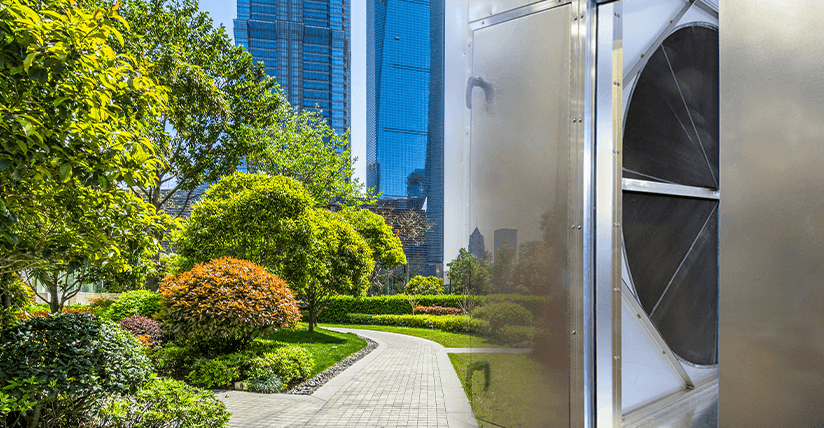
ENERGY RECOVERY
Match the right energy recovery technology to the efficiency, maintenance, and indoor air quality needs of the building. Innovent offers the most options on the market.
LEARN MORE

POOL DEHUMIDIFICATION
Dehumidify and ventilate pool and waterpark spaces using high amounts of fresh outdoor air for improved indoor air quality.
LEARN MORE

CONTROLS
Innovent’s controls platform allows for flexible configuration with proven performance. Optimized control sequences deliver reliable equipment operation.
LEARN MORE
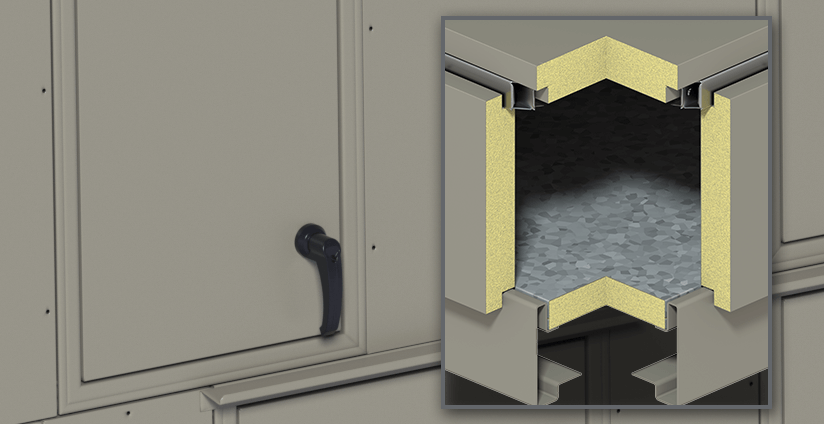
CASING CONSTRUCTION
Designed for a 30-year life, Innovent’s cabinets combine foam-injected quality, flexible construction, and unbeatable field access to create a product for decades of use.
LEARN MORE

DX REFRIGERATION
While many custom air handlers offer only chilled water cooling, Innovent offers custom DX refrigeration to meet your exact needs.
LEARN MORE
INNOVENT PRODUCTS
FLEXIBLE, HIGH CAPACITY, FEATURE RICH, CUSTOM AIR HANDLERS
All Innovent units are custom designed. Depending on your application, we help you choose the product that is right for every project.
FIND A REPRESENTATIVE to help select the product that's right for your project.
